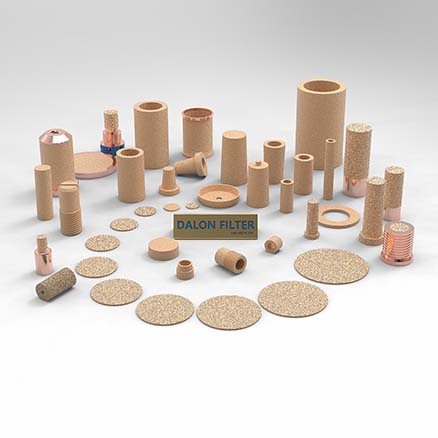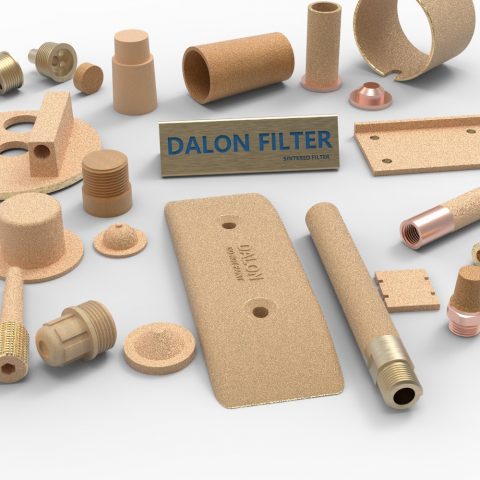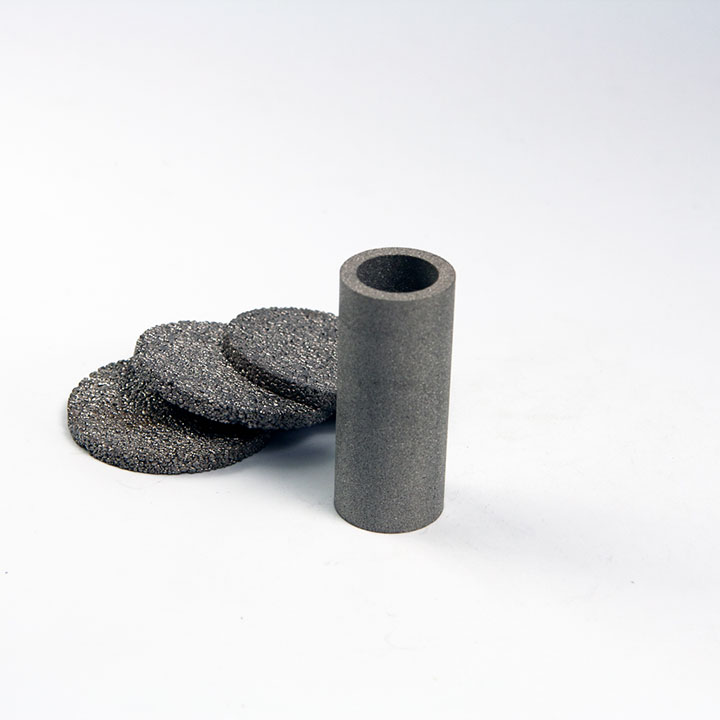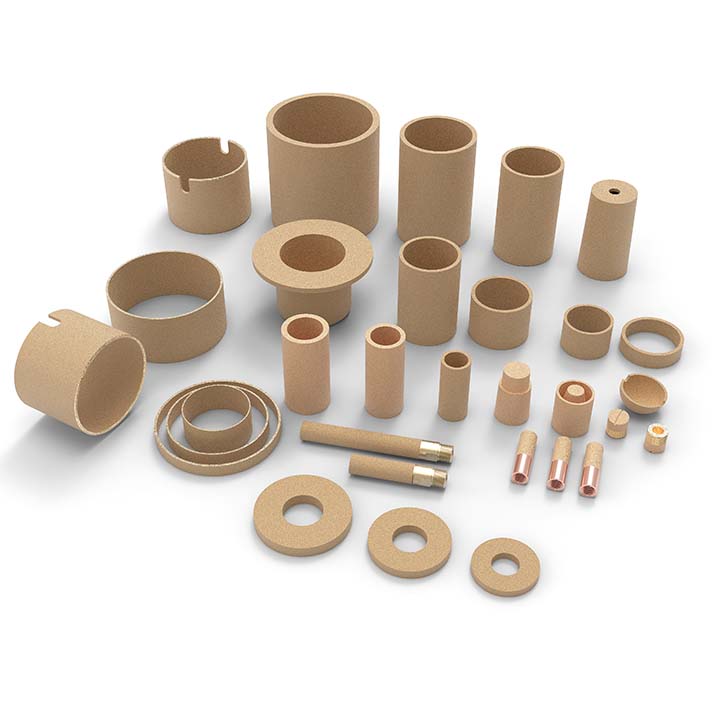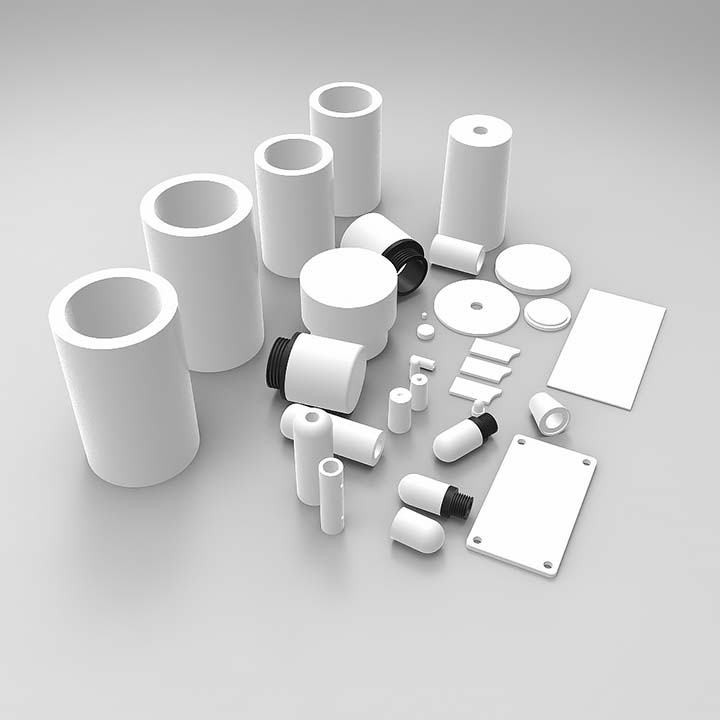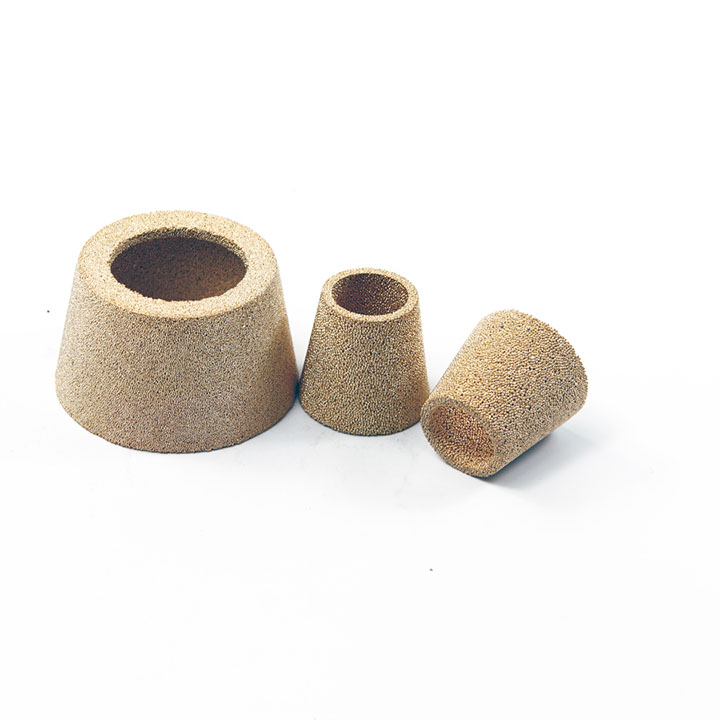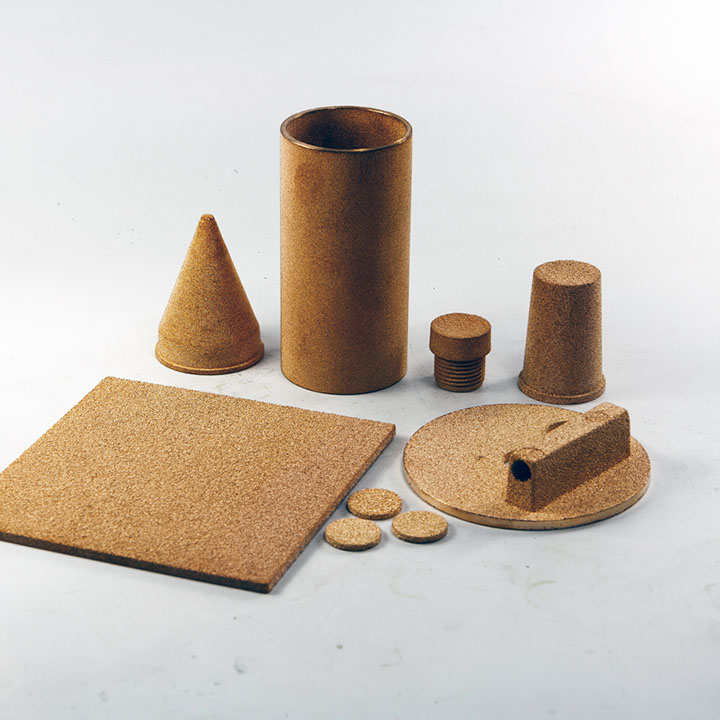Why Use Sintered Bronze Filters? In industrial operations, precision filtration is more than just a maintenance task—it’s a critical factor in protecting equipment, ensuring process purity, and maintaining compliance with safety or regulatory standards. Among the many filtration materials available, sintered bronze stands out for its durability, structural stability, and…
Introduction: Why Tailored Regeneration Protocols Matter In industrial filtration, longevity, consistency, and reliability are not optional—they are essential. Sintered metal filters, known for their durability and high filtration precision, are designed to be cleaned and reused multiple times. However, regeneration protocols must be matched to the filter grade, operating conditions,…
Introduction: Why Filtration Matters in Industrial Systems Clean fluids and gases are essential to keeping machinery, processes, and environments running efficiently. Whether in compressed air systems, hydraulic equipment, or food-grade fluid pipelines, filtration prevents contamination, minimizes wear, and extends system longevity. Among the wide variety of filter technologies available, sintered…
Introduction: Why Proper Maintenance Matters Sintered bronze air filter elements are engineered for durability, reusability, and high-performance filtration in industrial environments. Unlike disposable filters, these porous metal components can be cleaned and restored to near-original performance levels, making them a cost-effective and sustainable choice for a wide range of applications—from…
the key signs that your 316L sintered ring filter (3×46×2mm, 3µm) is damaged and requires replacement, not just cleaning: 1. Physical Damage 2. Performance Failure 3. Material Degradation 4. Test Failures Industry-Specific Red Flags Action Guide Symptom Try Cleaning? Replace? High backpressure ✅ Yes (backflush) ❌ No Cracked rim ❌…
Why Customization Matters in Filtration Systems Sintered metal filters are widely adopted across industries—from aerospace and chemical processing to pharmaceuticals and energy—because they offer high durability, deep filtration, and excellent chemical resistance. But the true value of a sintered filter is unlocked when customized to your exact application, ensuring it…
In der Welt der industriellen Filtration beginnt eine technische Herausforderung oft mit einer simplen Anfrage – und entfaltet sich dann zu einer komplexen Ingenieuraufgabe. Genau das passierte, als ein Industriekunde sich mit folgender Anfrage an uns wandte: (adsbygoogle = window.adsbygoogle || []).push({}); “Wir benötigen 2.500 m³/h Sauerstoff, gereinigt auf 99,9…
In the world of precision instruments, the smallest components often carry the heaviest responsibilities. This is especially true in electrochemical systems, where every material choice must serve the chemistry, not interfere with it. Recently, one of our overseas clients approached us with an inquiry that turned into a deeply collaborative,…
When an industrial customer calls and says, “I need 2 500 m³ h⁻¹ of oxygen cleaned to 99.9 % through a 50 µm bronze filter— operating at 42 bar, 45 °C, and with a velocity limit of 0.20 m s⁻¹—can you help?” the answer is rarely a simple yes or…
Section 1: Introduction to Porous Sintered Materials Section 2: Expanding Horizons – Applications and Design Advantages of Porous Sintered Materials Section 3: Manufacturing Methods for Porous Sintered Materials Section 4: Materials and Properties Section 5: Designing and Specifying Porous Sintered Materials Section 6: Secondary Operations for Porous Sintered Materials Section…
Sintered Bronze Filter Product Characteristics Pore Pitch: from 5 µm to 150 µm Diameter: from 2 to 250 mm,and length from 2 to 1500 mm Porosity: 35 up to 45% Density: from 4.5 to 5.5 Traction: resistance 3-6kg/mm2 Dilatation: coefficient 17×10-6 Working Temp: 200°C -MAX Sintered Porous Bronze Filter is…

